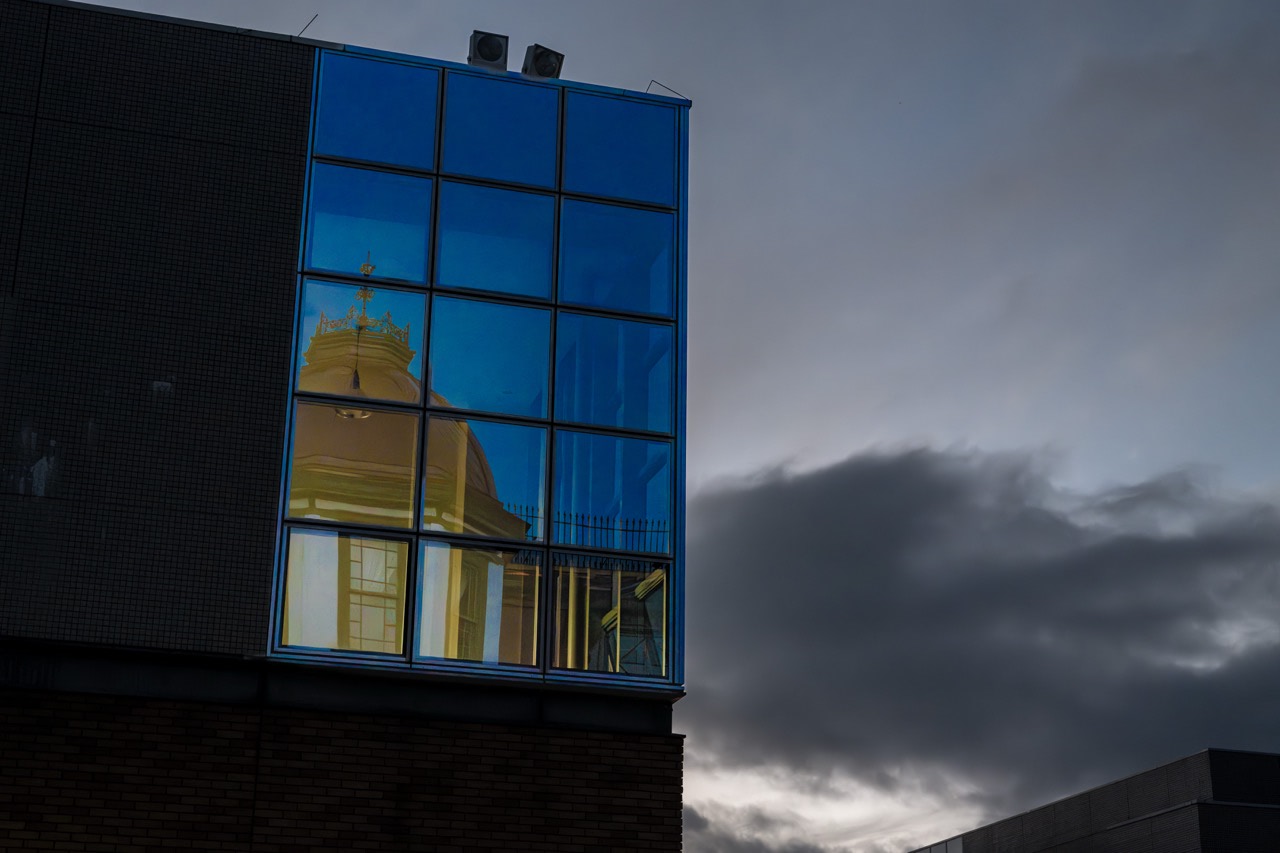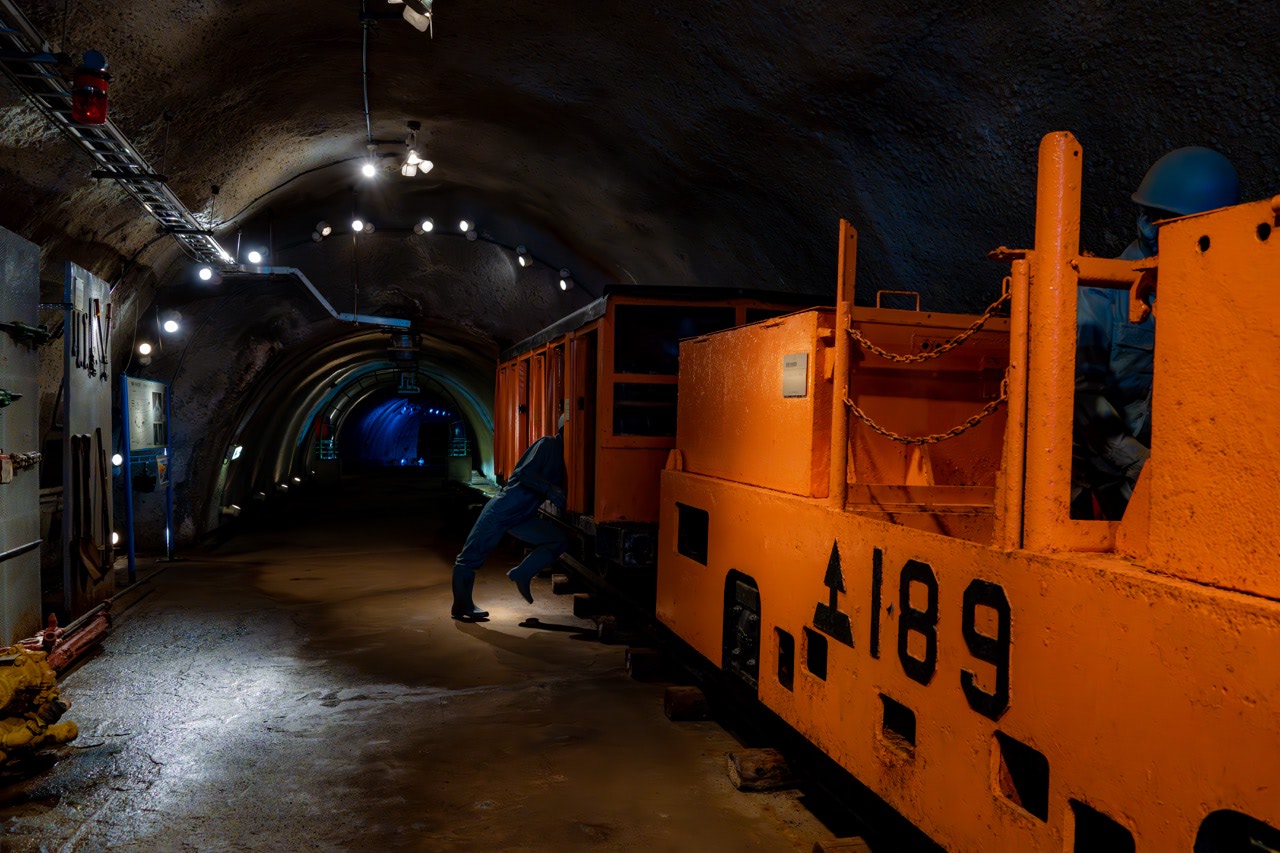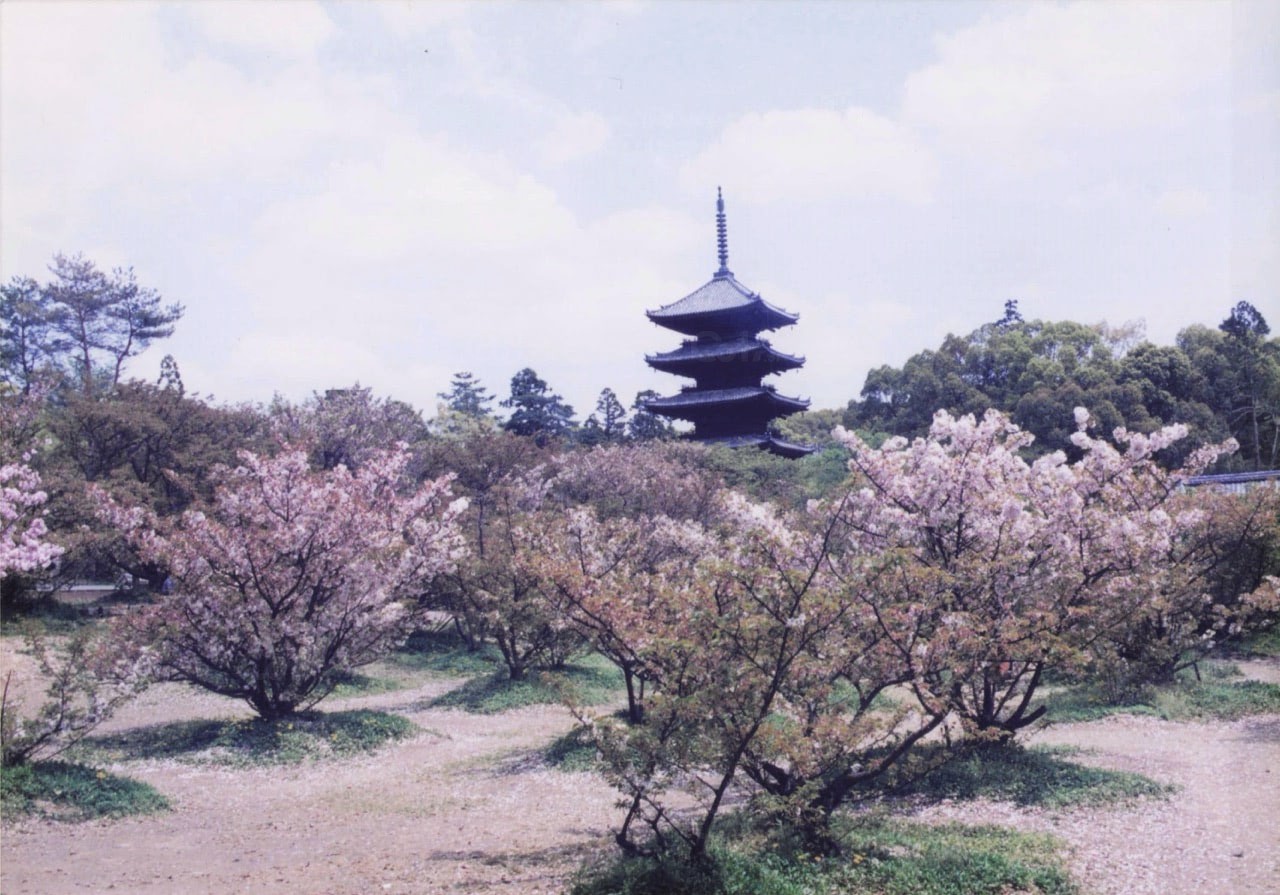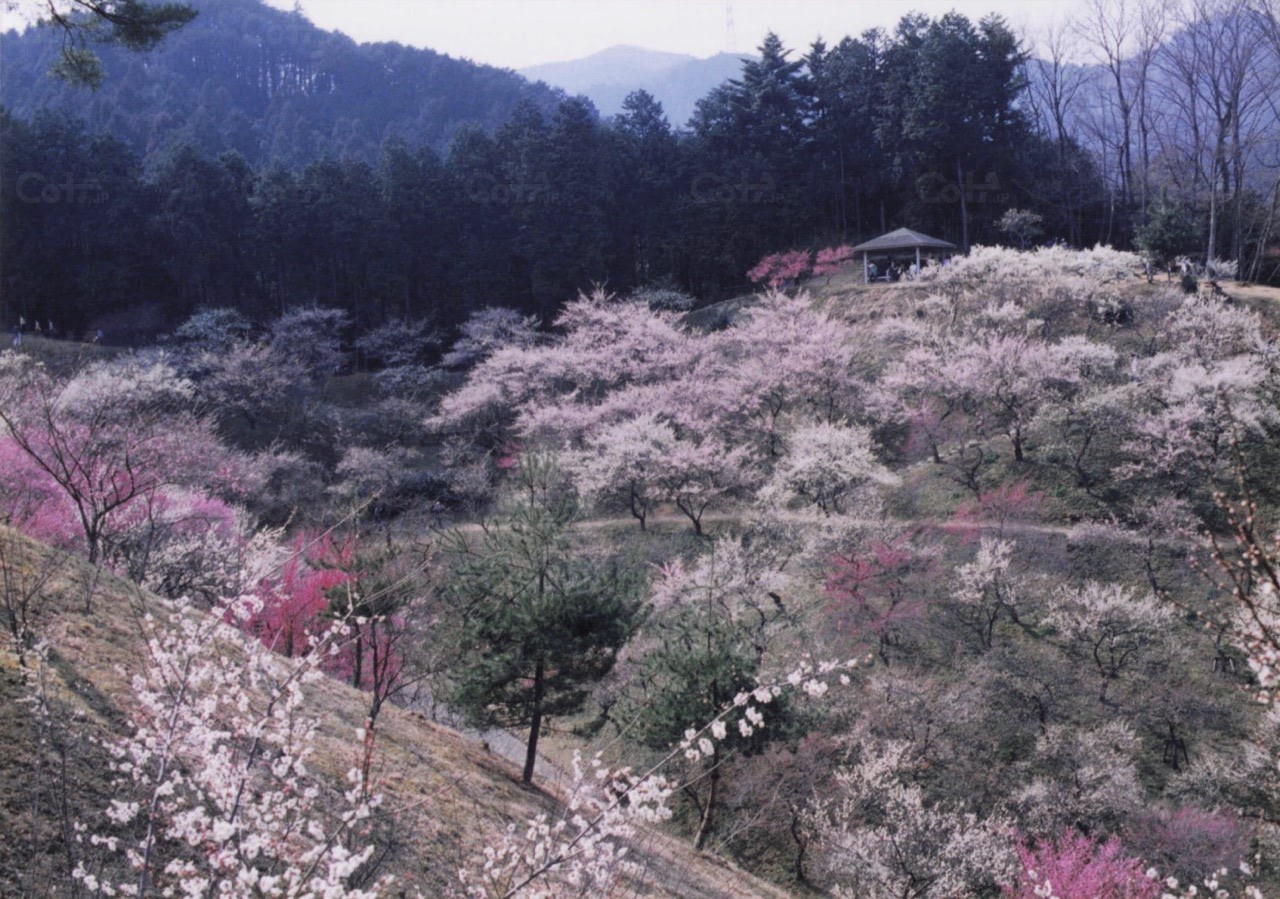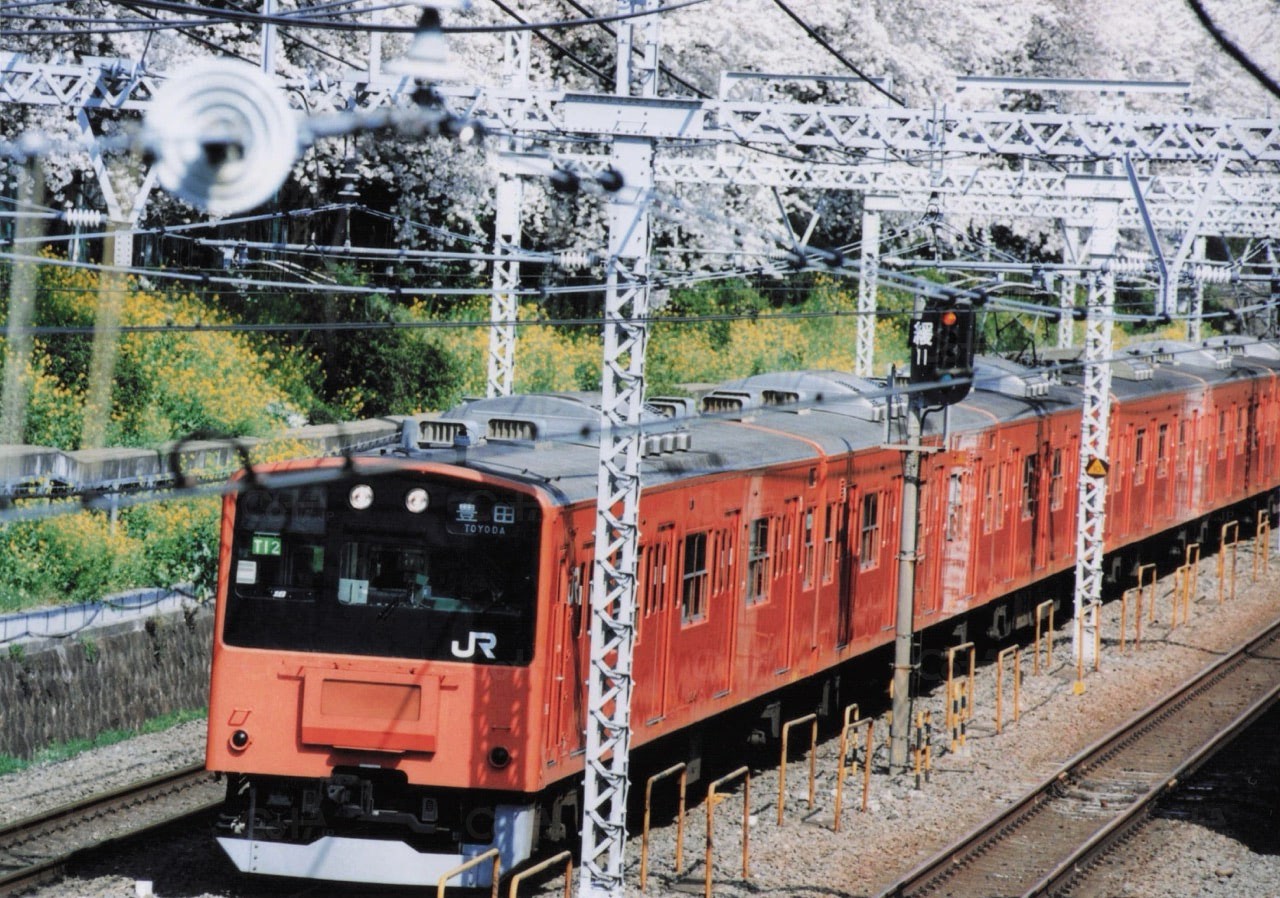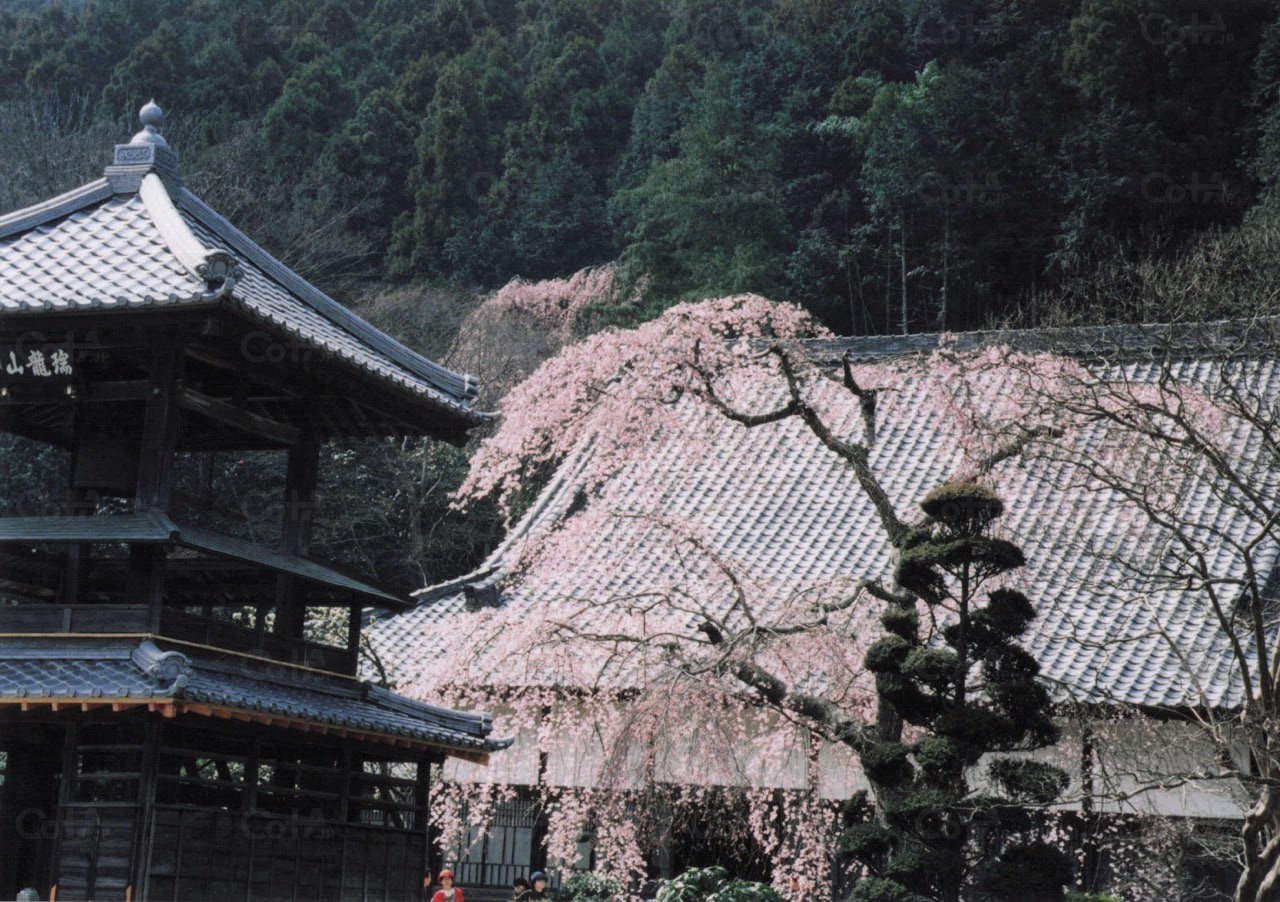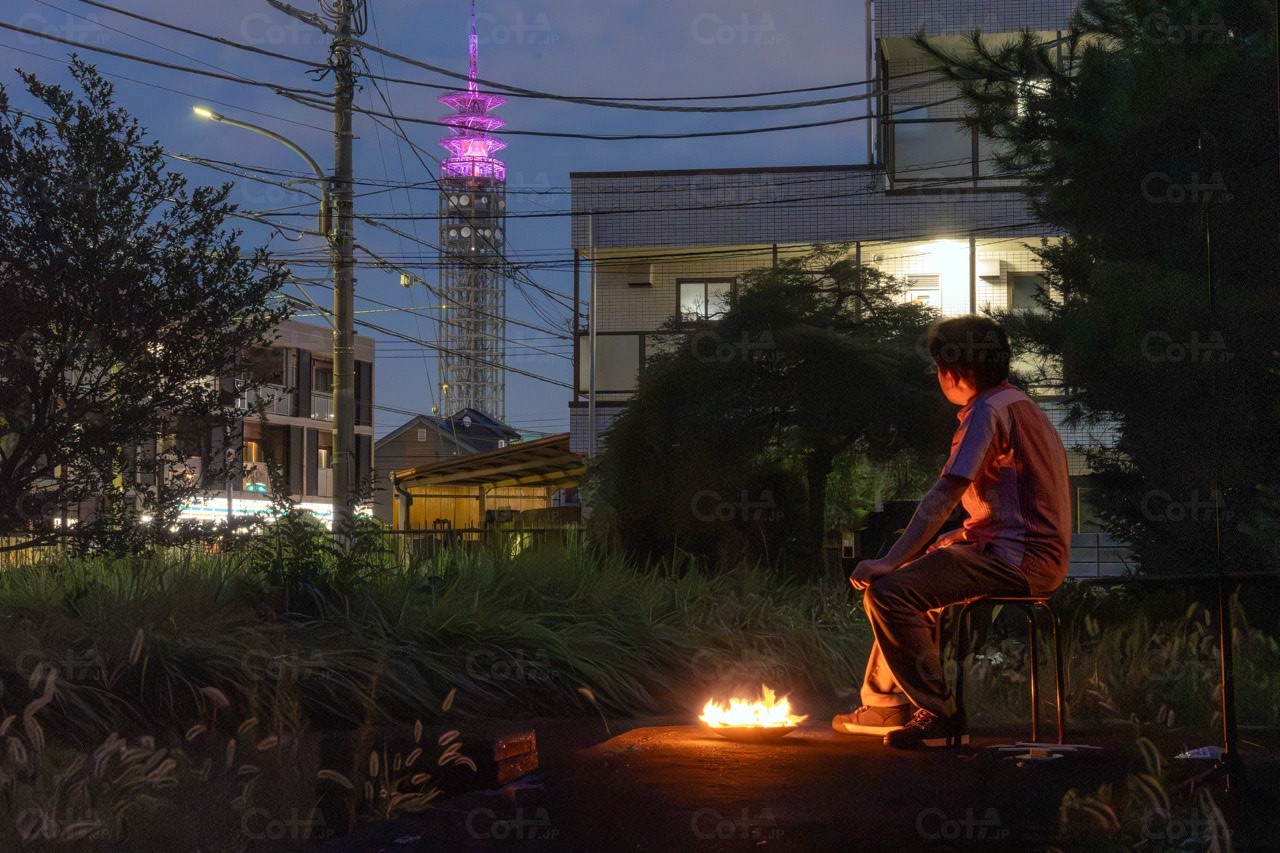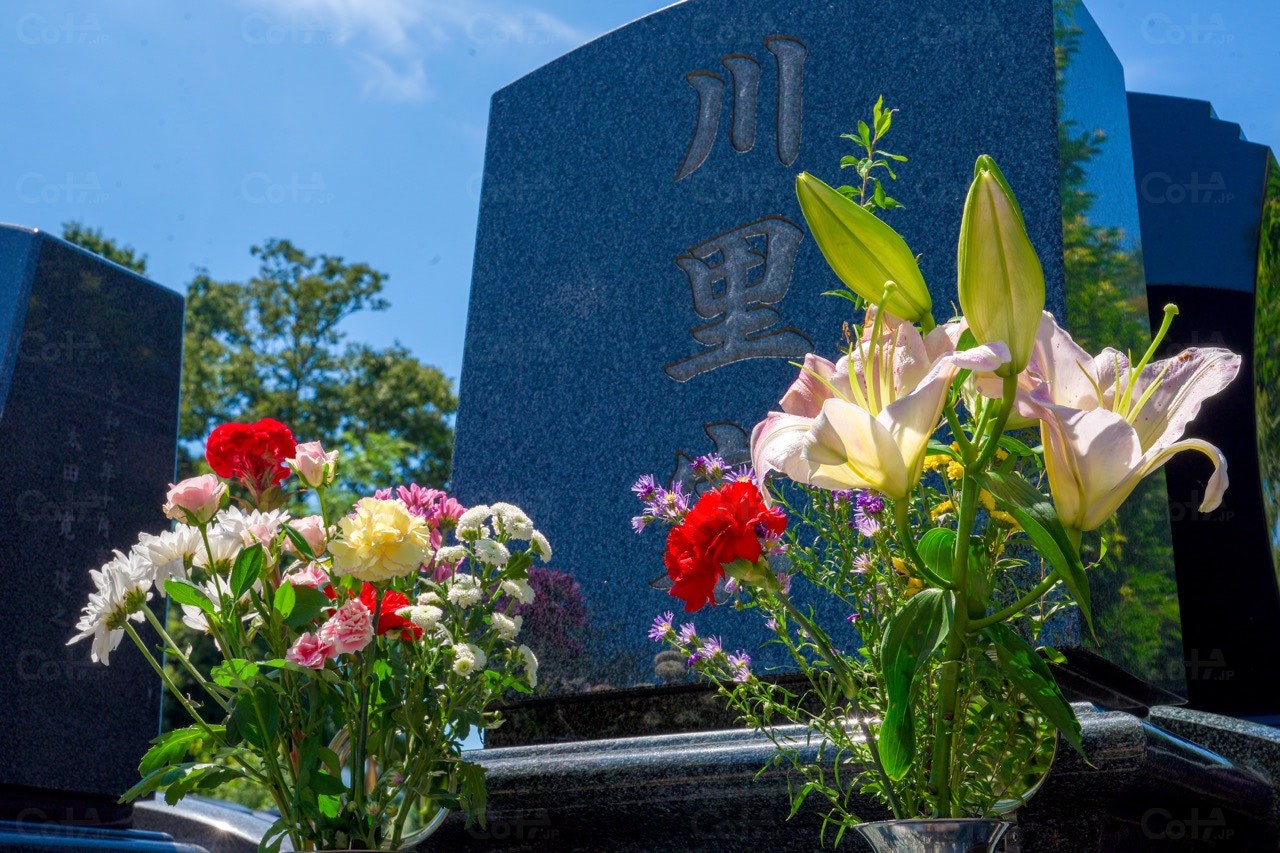If you are having a hard time noticing relationships, or if you think you might be crazy, there is something you should look at.
Straight and even city
When I, COTA, was in the fourth grade in elementary school, I was riding a local train and a boy about my age sitting next to me said, “Why does the train curve? Why don’t you just pull straight? You’re so stupid, aren’t you?” He was talking to someone who appeared to be his mother. At that time, COTA was beginning to take an interest in topography, and although I felt a strong sense of discomfort with his words, I could not explain them well.
Also, as an adult, when I have talked about cities, I have been exposed to the idea that we should just clear wasteful places and make them more usable. For example, Hills, which is what Mori Building is doing, embodies just such a thing, but it is not only uncomfortable, it is disgusting.
If everything was flat and straight, with trains and roads, and buildings equally spaced with everything concentrated in one place, would that really be considered functional?

Morimien in Hirakawa City, Aomori, which we visited this time, has a Japanese garden. Unlike Western gardens, which are based on grits that are arranged vertically and horizontally or symmetrically, Japanese gardens at first glance do not seem to have been created by human beings.
This seems to represent the difference in the way human beings are, whether they are the main actors in the world in the first place, or whether they are the people who are allowed to live in the midst of nature. And although it is not obvious at a quick glance, as you walk around the garden, you will notice that it contains a variety of shows and stories.
Trees grow in the sun, water flows to form rivers, and carp swim in ponds. Everything is based on or imitates something organic. Compared to other countries, Japan has lived through many earthquakes, tsunamis, landslides, typhoons, and other natural disasters, as well as receiving a lot from its abundant nature.
There seems to be an assumption that we cannot resist nature, not to mention the current ecology and SDGs. That is why the division of the city has remained unchanged and has been renewed since long ago. It is true that this is only the result, but it seems to me that the result of unconsciously protecting the important parts of the city has led to the Japanese culture that is now highly valued by the rest of the world.
So I think I can now answer the statement made by the elementary school student at the beginning of this article
Would you elect a Congressman who destroys, if not dozes off?
In the recent political conversation that we have been witnessing, the focus has been on the back taxes and the dozing legislators, and although we hear criticism here and there, it falls on deaf ears when it comes to how we can build the future.
Certainly, the better the money and the attitude toward facing such is, the more trustworthy it is. But essentially speaking, the Japanese Diet is based on the premise that everything is read in advance before a meeting is held, and while that can be called a structural problem, there are background reasons there as well. It is shallow to end up with problems with legislators and political parties, at least on the surface.
In a mature society, there is a dangerous pitfall in becoming obsessed with exposing waste. It is the possibility of closing off the future.
While it is important to keep the money in front of you, worrying only about this can prevent you from taking on big challenges, and cutting off the connections you have built that money cannot replace (although there are bad aspects, such as collusion) can cause great loss in the future.
My personal feeling is that politicians are obsessed with money. The fact that the politicians who criticize them are so insistent on pointing out the slush funds, even to the point of leaving new ideas and proposals aside, may be a reflection of their obsession with money. It may be considered a bit of a radical ideology, but sometimes I even feel that they would be willing to take some more of the money if it would lead them in the right direction rather than destroy them.
If we are deciding on the possibility of hundreds of billions of yen for a point of view that is tens of thousands of yen, it is the public that loses out. If non-politicians are taking the time to monitor the situation in such a way, it would be better to take a constructive direction.
They used to say we don’t need a bullet train.
In talking like this, COTA must seem like a crazy person who sees “waste” as a value. And that’s true. Because waste gives us security and a future.
The Seikan Tunnel, which we visited this time, had already been used by airplanes to travel between Honshu and Hokkaido at the time of construction, and the dangerous and expensive tunnel construction was criticized as one of the “three biggest idiots of the Showa period,” “useless” and “bogus tunnel. Today, however, not only is there a demand for the construction of a second Seikan Tunnel, but the railroad tunnels alone have their hands full with freight traffic and the Shinkansen bullet train.
Although the Shinkansen is now recognized overseas as a special type of train, its initial construction was met with strong opposition. At the time, the automobile was on the rise, and slow-speed railroads in the U.S. were being phased out one after another as having no future. The same was true for the Japanese, and few people saw a future for railroads in the face of the emergence of automobiles and airplanes. There was no idea of speeding up the railroads.
Today, however, with technological innovations that have made it a faster, more efficient, and more energy-efficient vehicle than the automobile, railroads have become the most widely used means of transportation in Japan. These are now commonplace sights, but they were unimaginable in the beginning.
In the “Otaku Exhibition” that I mentioned before, architect Arata Isozaki talked about the concept of “contradiction”, which means that there are people who think the same thing is “good! and “No!” are the ideas and situations that can create the future. The future may be created by ideas and situations in which there are both people who think the same thing is “good” and people who think it is “bad”.
What everyone says is no good is naturally no good, but what everyone thinks is good has no possibility of development. Therefore, the future has been created from a place where situations such as “futility” and “aversion” exist together.
Do you really want to lose it and regret it later?
On a similar note of “waste,” there is the issue of abandoned rail lines in underpopulated areas. I think this is no longer even a “problem” as everyone is aware. I, COTA, think it is wrong for a private company to spend money to run a line that has no users.
More fundamentally, I wonder if that is the right way to operate the system. The routes operated by a private company called JR used to be operated by the national government as Japan National Railways. There was a natural progression that led to privatization.
However, JNR was an independent organization, and while it was being used to attract local regions around the country and increasing the number of routes that people did not ride, the background was such that decisions made by the organization on its own were rarely reflected, new challenges were not allowed, and only debt was allowed to be incurred.
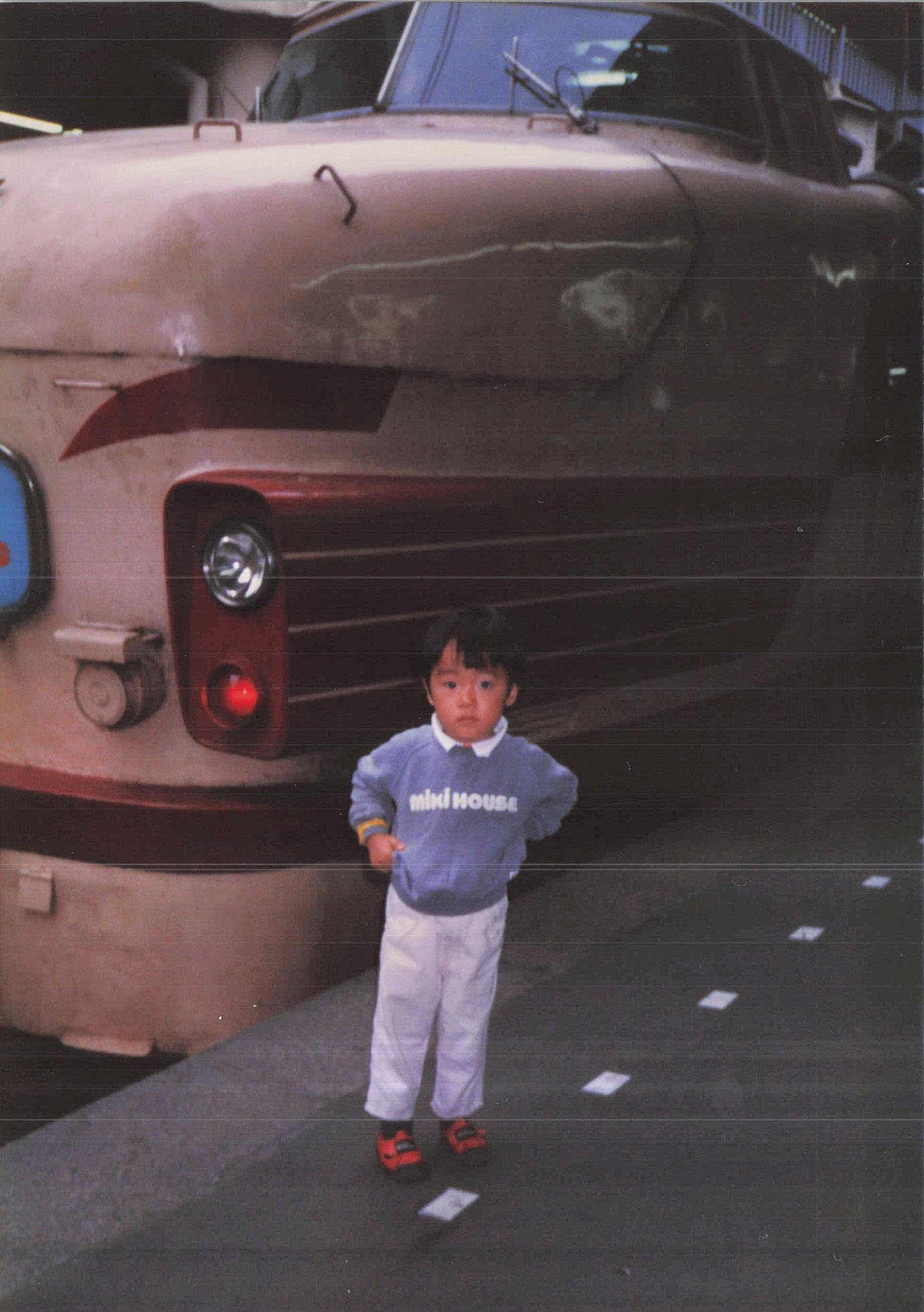
Some said that privatization has improved services, but from a different perspective, it could be said that they created a deadlocked situation and let privatization take place when they reached their limits.
In the past, during the Sino-Japanese and Russo-Japanese wars, the importance of railroads was emphasized, leading the national government to unify the management of private lines that were scattered throughout the country. Roads were limited and inefficient for transporting tanks, and were also important from the standpoint of national security.
Once again, I think that there is room to ask whether we can simply eliminate waste and discard it as waste only in the areas that we can see now without changing the structure when issues such as global environmental problems and declining birthrates come up, in addition to war.
Thoughts on the Discontinued Section of the Tsugaru Line
The Tsugaru Line, which I boarded, has been suspended from operation from Kanita Station to its terminus at Mitsumaya due to the torrential rains of 2022. As an alternative means of transportation, the “wan-taku,” which had already begun demonstration tests, was entrusted with the task of transporting the passengers.
This was my first visit to Ryubizaki. Even though the area is more convenient by car for locals, when you are visiting from other parts of the country, the railroad is an incomparable and safe way to visit.
This is not only because of my own feelings, but also because, for example, maps are easy to understand, and in the case of trains, not to mention cabs and buses, the timetables (number of trains) are notified in advance by the government and cannot be easily altered.
It is true that you can rent a car or car share for sightseeing, and that way you can visit more of the places you have decided on in advance. However, when you are on the train, you can often hear the conversation of the locals and make unexpected discoveries.
In Yubari, Hokkaido, an initiative to accelerate the abolition of the railroad system at the request of the local government has become a hot topic. The decision was made because buses are more convenient and provide a direct route to the center of the city (Sapporo), even for public transportation. However, the direct service between Yubari and Sapporo was discontinued in September 2024.
This is not the only story here, although this section of the line had been decided to be discontinued anyway, due in part to the Hokkaido Government’s direction to discontinue the railroad.
Recent Successes
A recent example of the opposite is the Utsunomiya Light Rail (LRT). It was decided to run a streetcar in Utsunomiya, an automobile society where streetcars do not run. I, COTA, thought this would be “tough if we cannot endure a long-term battle” in an area where railroads have not been established as a way of life.
Utsunomiya must have seen the success of Toyama City, and not just let it run. He was determined to reorganize the transportation system itself. Despite opposition from local bus companies and a temporary change of government to the Democratic Party of Japan (which included the “Association to Prevent the Introduction of LRT without the Will of the People”), Utsunomiya persevered in negotiations and detailed design, and plans for the project were put in place to open in August 2023.
As a result, the number of passengers exceeded 5 million in September, one year after the opening, exceeding the expected number of passengers. Rather, the number of trains was increased to ensure transportation capacity, and the service has been a great success so far.
Japan’s railroad system has been privately owned, state-owned, and then privately operated.
In 1906, the National Railroad Law of 1906 was promulgated, consolidating many of the private railroads (private railroads) scattered throughout the land into a national railroad owned by the government. This was for the safety of the nation.
In 1949, the company was separated from the Ministry of Railways of Japan and established as a public corporate entity, but its roots were determined by the government. The company fell into loss-making management due to the mass hiring of war repatriates as an employment measure and rising labor costs.
However, JNR was not allowed by the national government to enter other industries, and it was also forced to mass-produce loss-making routes due to political activities by local governments across the country to induce profits. Even so, the government did not provide subsidies and forced the company into debt, leading to a rapid expansion of JNR’s deficit that could not be recovered. Although privatization has been decided, the system is divided into the JR (Japan Railways) of Hokkaido, East Japan, Tokai, West Japan, Shikoku, and Kyushu areas, causing a division of the country.
Outside of Japan, many private companies handle intra-city transportation while the national government takes care of inter-city transportation. In Japan, where everything has been privatized, the revenue generated in the cities is consumed in the regions, creating a situation in which regional routes must be eliminated in order to secure profits.
It is natural for a company to discontinue those parts of its network that are not profitable. However, the discontinuation of a portion of a railroad network, especially an intercity or wide-area network, is so meaningful that it is completed as a whole, and the discontinuation of a portion of the network can cause the blood flow of the entire country to deteriorate. It will also become unusable as an alternative route for transporting goods and evacuation in case of emergency.
Some are as important to me as my friends and colleagues.
I believe that human relationships are easily tormented by horizontal ties. Therefore, I believe that looking at the past and looking toward the future has the potential to lighten the bonds of such relationships and lead the world in a brighter direction.
You may have friends and other connections that have shaped you, however, you are certainly connected to your grandmother and great-grandfather for generations.
Climbing to a high place gives you a good view of the distant scenery. It is obvious, but can we really take it for granted?
When we look back at the past, we can see how even what we thought was useless has created a new future, and we can see the essential part of why you are you, for example. This may be true not only for people, but also for cities and politics.
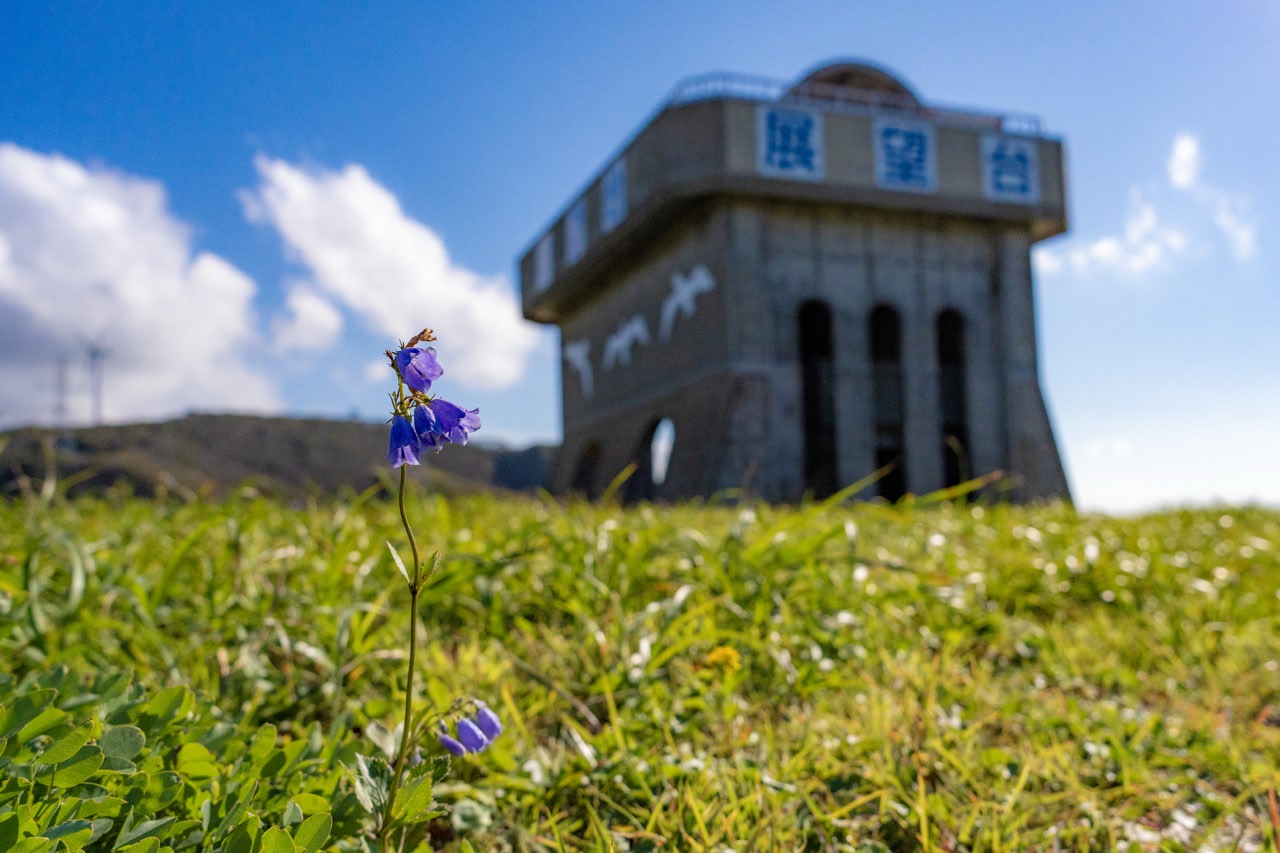
In other words, living is also futile in the extreme. We eat food, excrete, move, sleep, and repeat. What would happen if we eliminated all waste? I believe that human life would disappear.
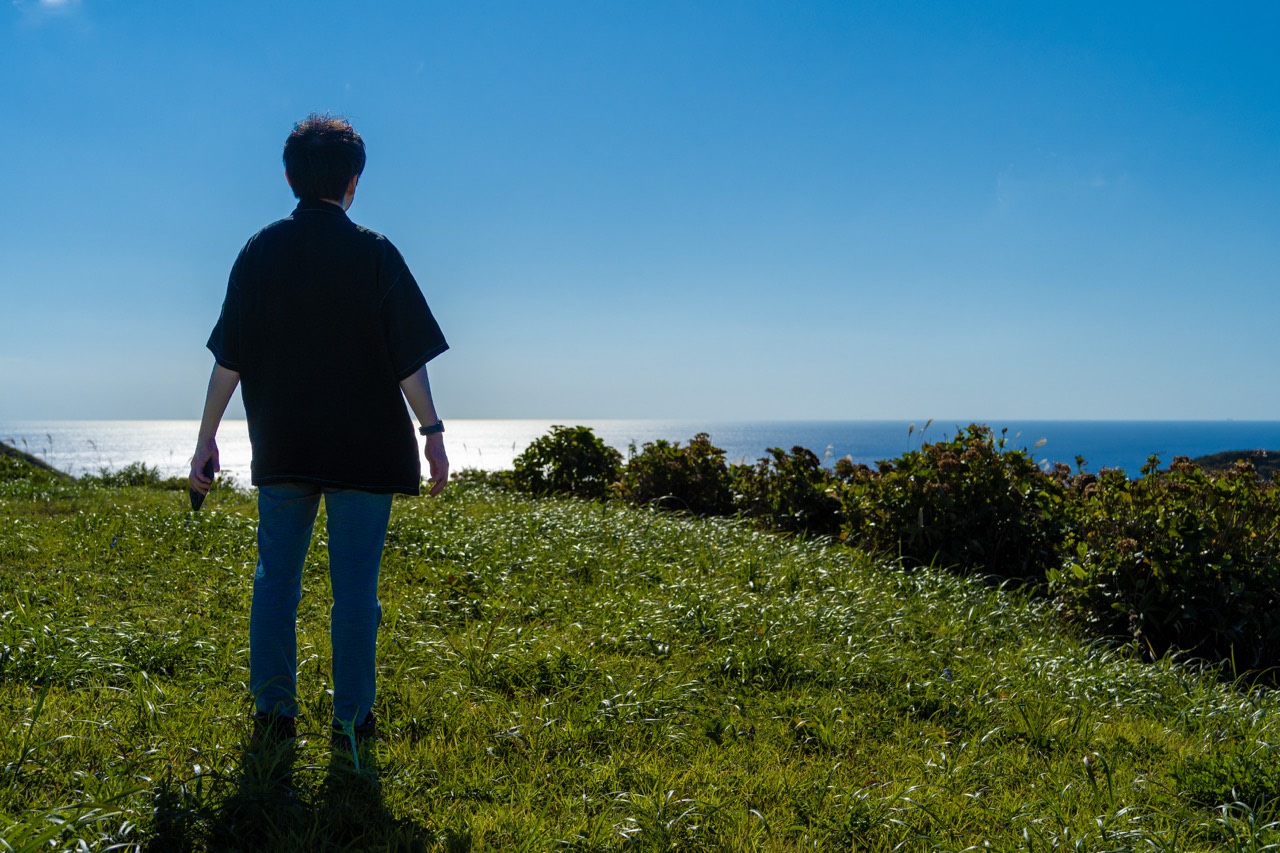
Waste here does not mean mounting against someone or working with malicious intent. It is the flip side of conscience and a sense of justice, which is also different from “futility.
You don’t have to stare at history, but you may be able to see some things just by stopping staring at the screen and staring into the distance. Why not look into the distance?
To sow the seeds of the future

